Layers of Fear (Video Game)

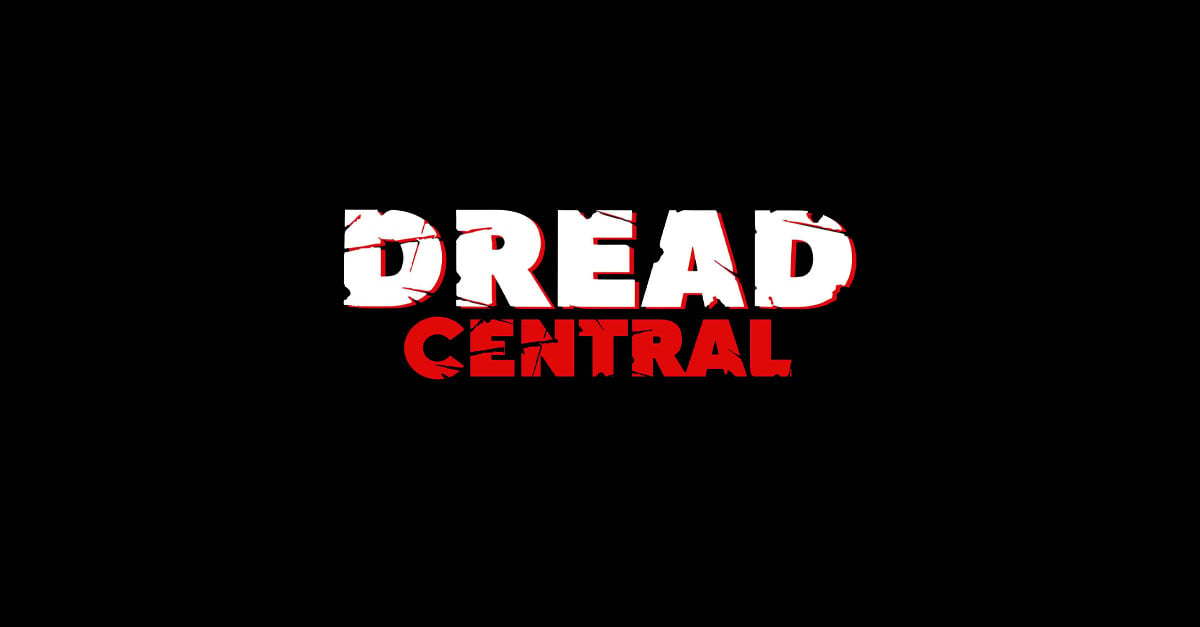 Developed by Bloober Team
Developed by Bloober Team
Available digitally on PC, PS4, and Xbox One
Rated M for Mature
Well, that’s certainly one way to make the argument that video games are art. Make a video game that is literally about art! An art game about an artist making art in a world made of art, it’s the kind of meta that would have made college Ted fully erect. Public sentiment for art games seems to shift from ceaseless adoration to unqualified scorn in a tide I’ve never been able to divine the machinations of, so I always respect a team that’s willing to just say fuck it to the cruel and uncaring masses and produce something they love anyways.
Not that all art games are worthy of adoration, or even good. There’s plenty of shit art. A genuine expression of the deepest sentiments of the author can still be contrived, and the most heartfelt of interactive experiences can still be boring and messy. “Art Game” seems to be for most a balancing act between the game and the art part, as developers do their best to remove as much agency as possible so that those pesky players don’t get in the way of their story. Not all games work like this, but it’s become so fundamentally correlated that thinking of an art game immediately brings walking simulators to mind, and vice versa.

Taking “gallery style” gameplay to the next level.
I’m not of the opinion that gallery style walking simulators are any more artistic than something that’s actually fun, but I’ll concede that they can be exceptionally well done. Rarely. Enter Layers of Fear. Is it an art game, or merely an attempt at art in the shell of a game? Putting either aspect first threatens to overshadow the other, but for the record I like my games to be primarily games.
It’s been four days since I beat Layers of Fear. In that time, I have thought about the game frequently, but haven’t played it once. As the credits rolled, I was left with a pleasantly dark and sentimental air, the kind that makes you take deep breaths and blink a few times as your brain grinds the gears of evaluation to process your feelings. It certainly isn’t something you get from Call of Duty. I tried to fill in the gaps of the pieces I had missed, and wondered what multiple playthroughs and different endings would hold. I quit the game, uploaded my screenshots, and will likely never open it again.
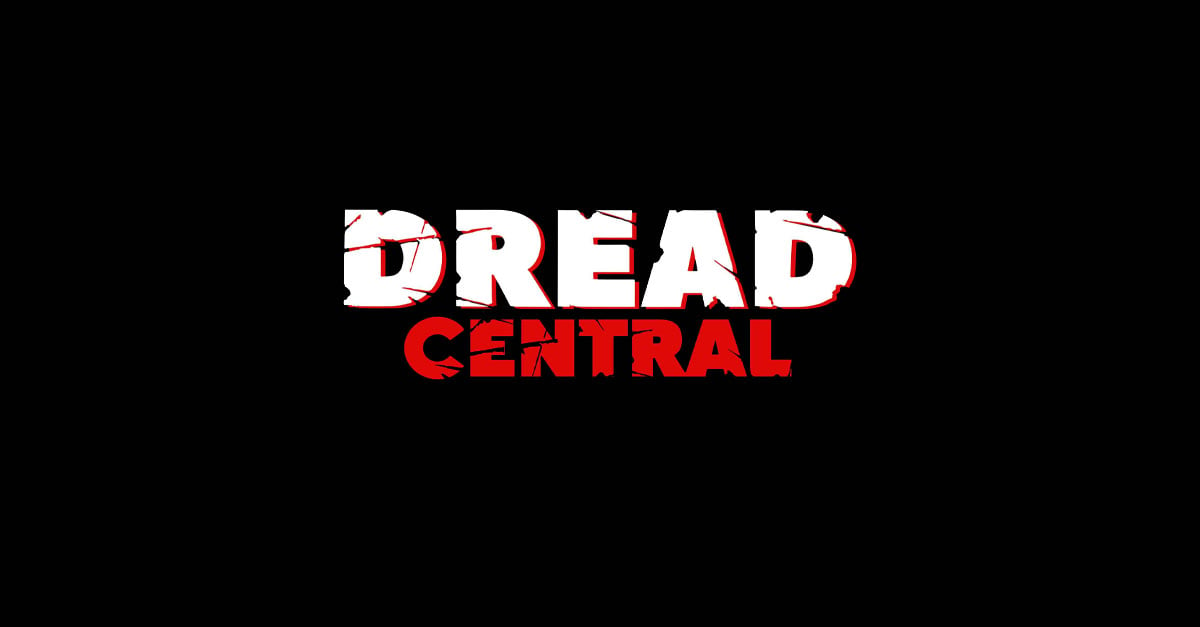
I won’t disclose how much of that last few days of thought have been nightmares.
It’s an anecdotal tidbit as telling of me as of the game. This isn’t my type of thing. I’ve never really played a walking simulator I found exceptional, and maybe once every few years does an Amnesia style stealth-horror make a blip on my radar. I still found it very enjoyable, but I’m not chomping at the bit to extend my 5-6 hour experience.
Personal taste aside, narrative games are fundamentally a fleeting experience. Story revealed and puzzles solved, there isn’t anything else to see. It’s a limitation of the genre, but Layers of Fear alleviates this with multiple endings, challenging puzzles, shifting environments, and plenty of hidden secrets. It eventually all becomes just so many memories, but the amount it manages to stave off this bleak inevitability makes it punch above its weight class. For this type of game, it is incredibly good.
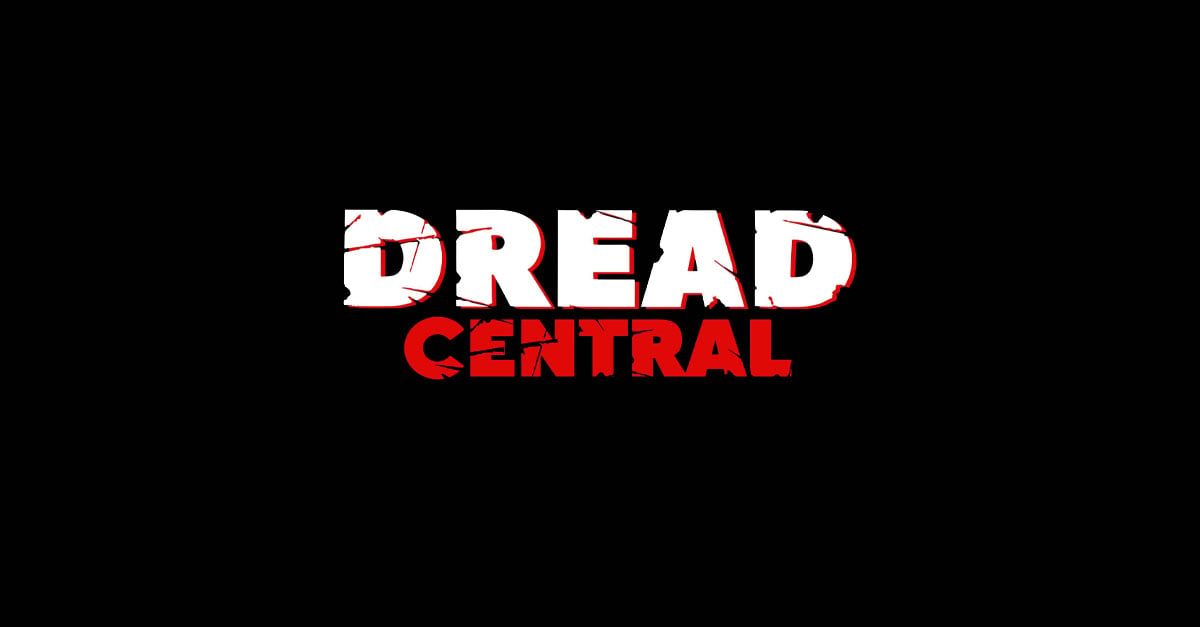
As the picture becomes clearer, so too does your insanity. It really nails the whole “descent into madness” theme.
Layers of Fear’s strongest point is clearly the visuals. The graphics are next-gen beautiful, but this isn’t just pretty in the way that every AAA title tries to be year after year. The visual design is what steals the show. This game is art down to its core, every room designed with both the grand picture and minute detail in mind. A room isn’t just designed to embody an idea (dilapidated study with long casted shadows from a single light source), but with the interconnectivity to other rooms. You might go from a oozing, otherworldly hall steeped in ruin and chains, to an eerily pristine child’s nursery. The juxtaposition of one to the other creates a sinister undercurrent that each alone doesn’t possess. This mixing of different elements to create a larger picture is in my eyes a grander accomplishment than just being pretty.
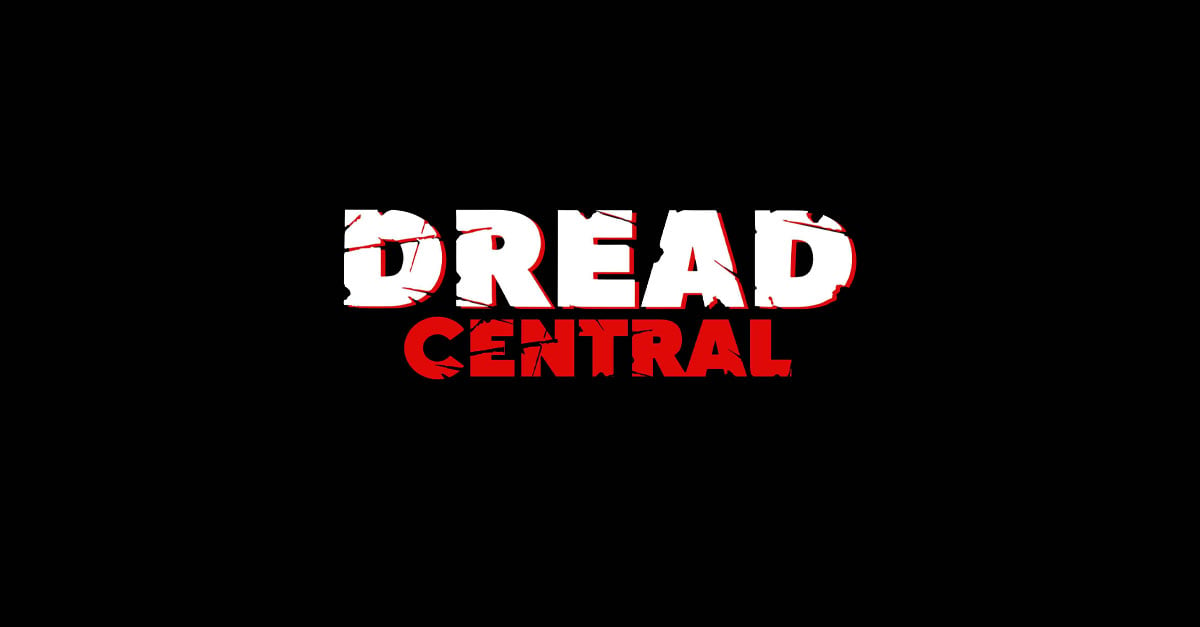
Literally oozing with depth.
As for what you do in those rooms, I’m still on the fence as to how much of a “game” it is. I just don’t consider opening doors and walking between rooms any more “gameplay” than pushing the play button on a remote. There are some notes to be found in harder to reach places, adding a much needed element of interactivity to the exploration. Many of the openable shelves and cupboards are filled with nothing of value, but are detailed enough to add some depth to the world. There are brief points that Layers of Fear has great gameplay. I rarely miss anything—be it collectible, secret, puzzle, or hidden story element—but some of the puzzles are so layered and complex that I don’t believe I will ever solve them without a guide. When the game is being a game, it’s great, but this isn’t very often.

Props for making me try to pick up this piece of scenery for 30 seconds.
A kind of corpse thing will also try to kill you in later levels, but it doesn’t really seem to do much. It certainly didn’t stop me from finishing. I’d bet there’s a better ending if you avoid it every time, but I didn’t.
I’m not going to discuss the plot of Layers of Fear. Fundamentally, it’s a very basic story. You’ll likely be able to figure out roughly what is going on an hour in, with very little to twist the predictable conclusion. The complexity comes in exploring the deeper themes of that narrative. This isn’t a game about a series of events, but of an individual’s mental processing of those events. You’re missing the point if you are bothered by figuring it out before the game tells you. It’s about seeing how the protagonist emergently remembers and depicts these memories. You aren’t literally being hunted by a ghost, so it doesn’t matter if you guess who the ghost is early. The real question is why he remembers the ghost as that person, and why at those times.
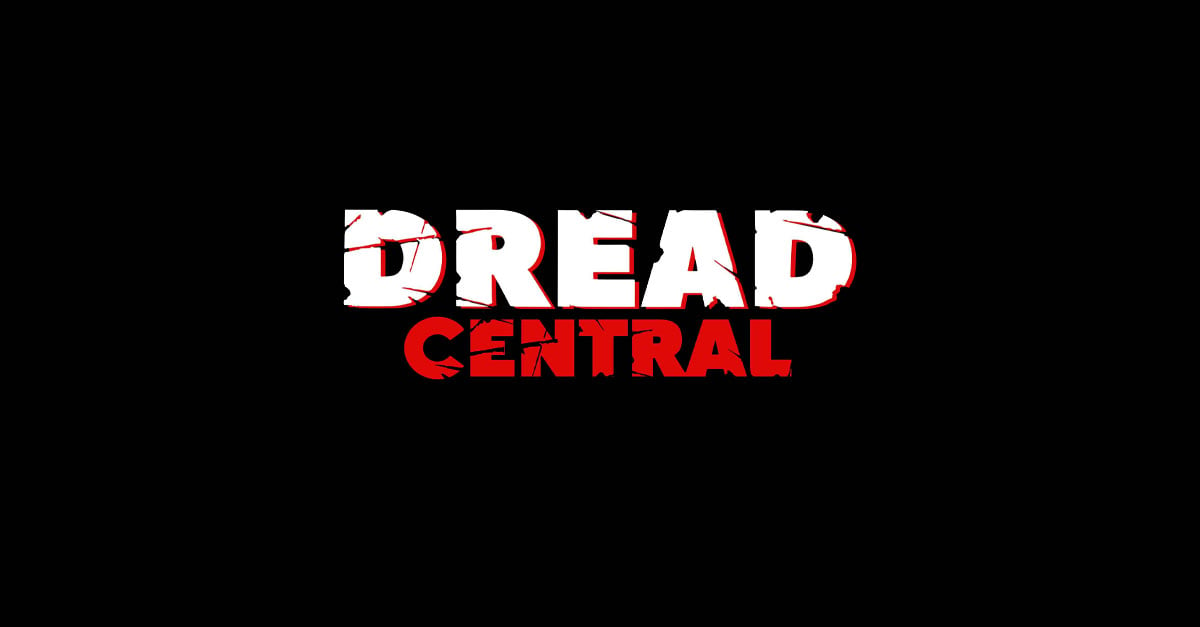
Just don’t ask me what’s going on when the game gets more avant-garde.
Layers of Fear is an incredibly visualized and unflinching look into tragedy and the mind of the artist. It didn’t personally speak to me, but it did touch me. I cared about his plight, and wondered at how he dealt with it all. It doesn’t give you clean answers, mired as often in mystery as blood and paint. I think the more complex pieces of the game are going to go over a lot of heads. It’s best enjoyed by people who think that a broken paintbrush isn’t just a broken paintbrush (he can’t get hard, is upset about it, and it’s affecting his work). It’s still great for people looking to experience a striking and nuanced world. It won’t reinvent the wheel, but only the most stubborn philistines will hate it.
-
Game
Categorized:Horror Gaming Reviews

